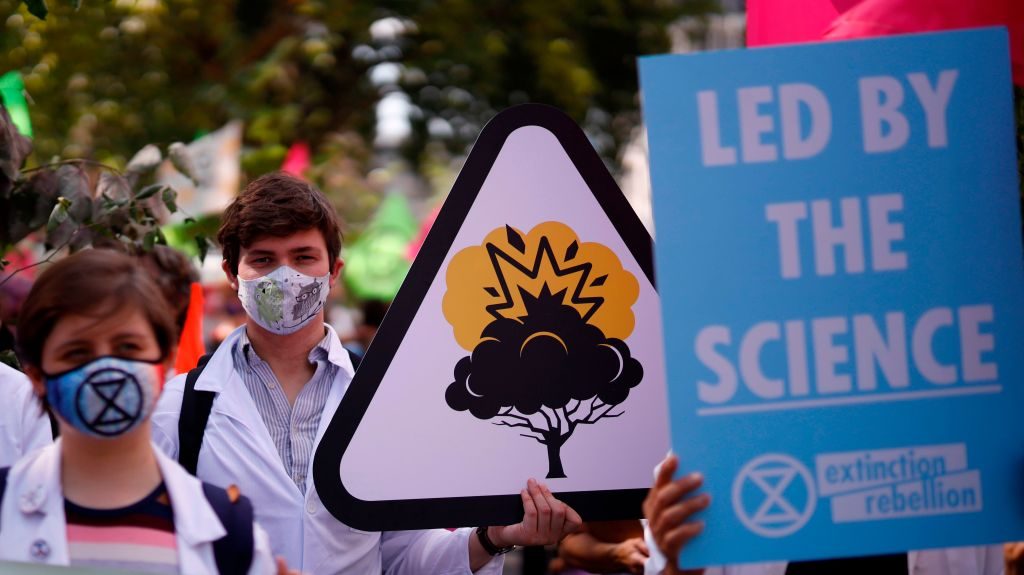Earth’s sixth mass extinction has most certainly begun, asserts an article Tuesday in Science Alert, despite the objections of “deniers.”
It is the scientists themselves who “have rung the alarm bell,” writes Peter Dockrill, “warning that grave declines in animal biodiversity around the globe herald the onset of what will be Earth’s sixth mass extinction.”
A “looming weight of evidence” suggests this “grim phenomenon” is unfolding all around us, Dockrill asserts.
Extinction deniers base their position on a “highly biased assessment of the crisis” by overemphasizing mammals and birds while ignoring invertebrates, which constitute “the great majority of biodiversity,” Dockrill declares, citing biologist Robert H. Cowie from the University of Hawaii at Manoa, most of whose work involves non-marine snails.
The fault for this widespread bias falls on “vertebrate-centric media” as well as many “vertebrate-centric scientific and conservation organizations,” states a recent paper by Cowie and two other colleagues.
Saving the planet one twerk at a time! pic.twitter.com/xdhoWlDZdW
— Breitbart News (@BreitbartNews) September 23, 2019
Indifference to the fate of animal species, especially invertebrates, reflects “an anthropocentric view that the Earth and its resources should be managed primarily, if not solely, for the benefit of humankind,” asserts the paper, published in Biological Reviews.
According to the paper, the IUCN Red List of Threatened Species is itself skewed towards birds, mammals, and amphibians and pays too little attention to invertebrates.

Activists from the climate protest group Extinction Rebellion march in Parliament Square in central London on September 1, 2020 as the climate ground started their new season of “mass rebellions”.(TOLGA AKMEN/AFP via Getty Images)
“The Red List is heavily biased,” declares the text because it, too, fails to properly assess the extinction rate of invertebrates.
To rectify this prejudice, Cowie and companions focused on molluscs, which constitute “the second largest phylum in numbers of known species” and include snails, slugs, mussels, and octopuses.
Less people to save the planet? https://t.co/3KwltT198a
— Breitbart News (@BreitbartNews) October 12, 2021
“Including invertebrates was key to confirming that we are indeed witnessing the onset of the sixth mass extinction in Earth’s history,” Cowie states.
“Current extinction rates, notably in terrestrial invertebrates, are far higher than background extinction rates,” the authors write.
The authors do not propose what the ideal number of animal species should be but suggest that preserving those that currently exist is incumbent upon humanity.

COMMENTS
Please let us know if you're having issues with commenting.